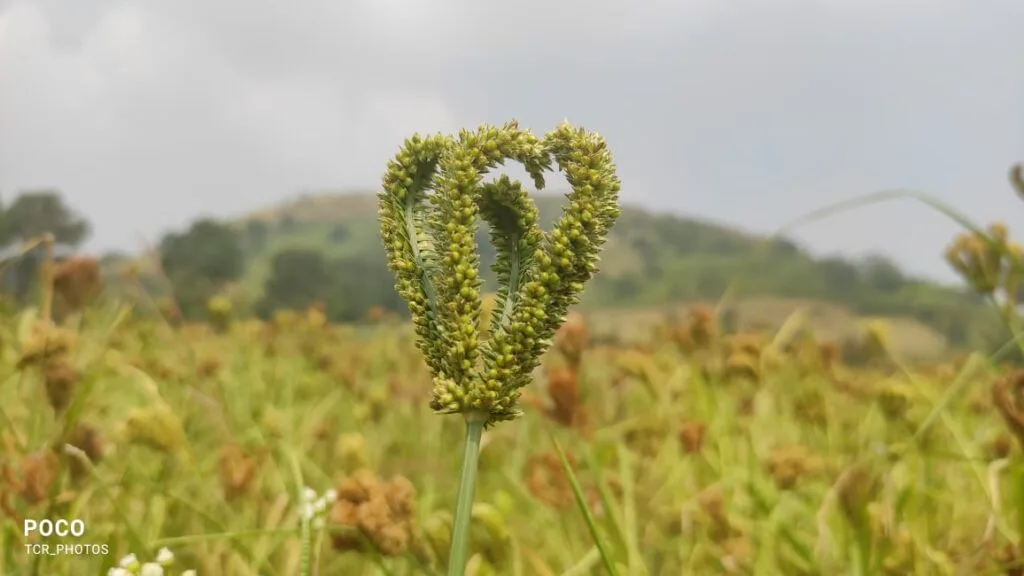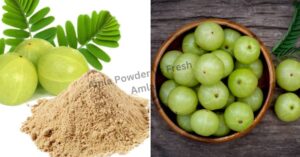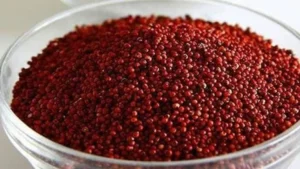In a Hidden area in the lush hills of Uttarakhand The unassuming grain, known as madua or finger millet, has secrets that have nourished generations of mountain inhabitants. This article will explore the secrets of Madua, a superfood that has been a staple of Uttarakhand’s tradition for long periods.
Madua a Gift from the Hills
Finger Millet is more than just food – it’s an offering to the hillside itself! Grown on Uttarakhand’s rough terrain, madua thrives even under conditions where other crops struggle, reflecting its cultivation within this community and its spirit of resilience.
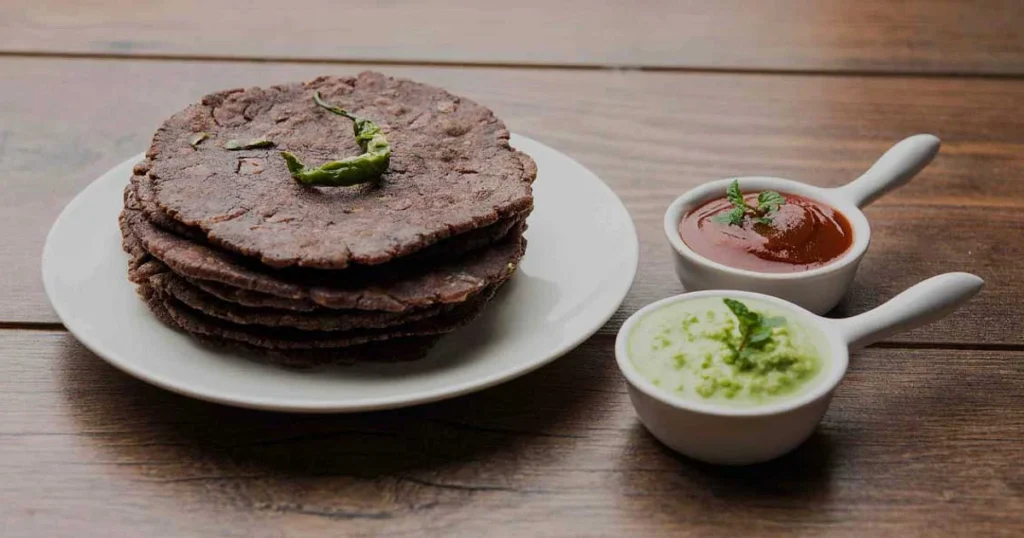
Nutritional Value of Madua
The reason for Madua’s popularity lies in its extraordinary nutritional profile. It’s loaded with vital nutrients such as calcium, iron, and dietary fiber. The people of Uttarakhand have known for a long time that a diet high in Finger Millet can lead to strong bones, high levels of energy, and healthy digestion.

A Bond with the Land
Growing Madua in Uttarakhand isn’t only a simple farming method but a profound connection to the landscape. Farmers here know how to work with the time-line of these hills determining exactly when it is time to grow and collect this valuable grain.
The Magic of Madua Roti
One of the most popular traditional dishes of Uttarakhand includes the making of Madua roti. This unleavened Roti, made using madua flour, is popular in households in the area. It’s more than just a meal but an emblem of warmth and hospitality where guests are greeted with heartfelt smiles and a platter of freshly cooked Madua Roti.
A Taste of Tradition
The food of Uttarakhand is an expression of its rich cultural heritage. Finger Millet is the main component in traditional dishes such as the Madua the kheer (pudding) and Madua pancakes. They are usually prepared for holidays and celebrations. The sharing of these meals creates a feeling of belonging and community.
Also Read: 7 Benefits of Madua Roti
Supporting Sustainable Farming
In Uttarakhand Madua cultivation is a sustainable practice. Ragi requires a minimal amount of water, making it an ideal choice in the region famous for its beautiful streams and rivers. When they choose ragi, the residents can contribute to sustainable farming as well as the conservation of nature’s heritage.
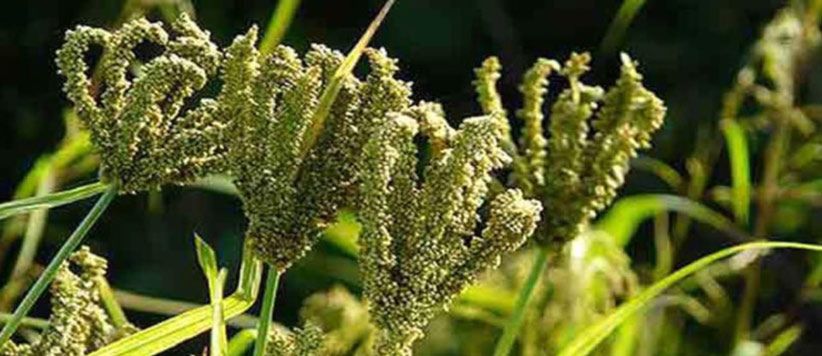
Passing Down the Legacy
The secrets of Finger Millet are not kept in the dark and are shared from one generation to the next. Elders transmit their experiences of the preparation, cultivation, and cultivation of finger millet and their significance in the culture of Uttarakhand. It’s a method of keeping the tradition alive and ensuring that the land’s bounty will continue to feed future generations.
Unlocking Madua’s Secrets
When you travel through the mountains of Uttarakhand Don’t forget to taste the amazing flavor of Madua. It’s much more than an ingredient; it symbolizes the close connection between the people and their land. Be a part of the tradition, experience the food, and explore the mysteries of Finger Millet that lie amid these hills.
FAQs (Frequently Asked Questions)
What is the difference between the Mandua Ka Atta found in Uttarakhand and the Ragi Atta?
Mandua Ka Atta which is also known by the name Finger Millet flour, and Ragi Atta which is also known as Nachni flour are both gluten-free and utilized in Indian food, but are derived from various plants. Madua Ka Atta originates by the Eleusine coracana plant. It is mainly located in Uttarakhand while Ragi Atta originates from areas such as Karnataka in Karnataka and Tamil Nadu. Mandua Ka Atta has a dark color and a more nutty taste while Ragi Atta has a lighter shade and a mild flavor.
What is the list of gluten-free Indian grains to make roti?
Many gluten-free grains used in India to make roti comprise Ragi (Finger Millet), Jowar (Sorghum), Bajra (Pearl Millet), Kuttu (Buckwheat), Rajgira (Amaranth), Singoda (Water Chestnut) and Besan (Chickpea flour). These grains are ideal for people with celiac disease or gluten narrow-mindedness.
Are ragi and jowar the same?
Ragi, also known as Finger Millet, and Jowar Also known as Sorghum is a distinct grain. They’re both gluten-free and healthy, however, they have distinct flavors and appearances. Ragi is darker in color and has a nutty taste, whereas Jowar is lighter in color and has a milder flavor. Each grain has its nutritional advantages that contribute to overall health.
